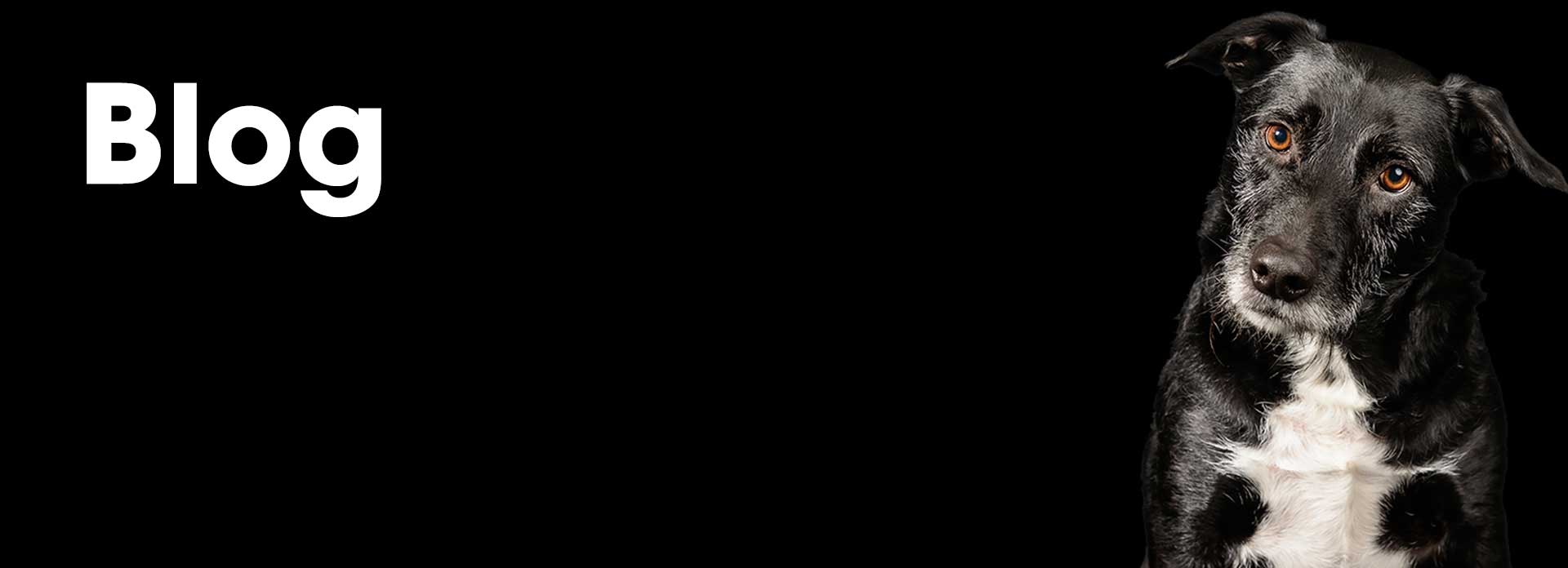We love our dogs so much that we sometimes overdo the treats, but we have to remain aware of one important fact: when a dog expands over his ideal weight, he can suffer greatly.
Obesity is one of the most common nutritional disorders in dogs. Overweight dogs are at higher risk for serious disorders, including heart disease, diabetes, and arthritis, and reduced life expectancy – an average of two years less than healthy-weight dogs of the same breed.
Preventing weight gain is not difficult. Dogs that receive regular exercise and a balanced diet, including treat control and a lack of table scraps, can maintain a healthy weight all their lives. The following tips can help:
- Before you make any changes, consult with your veterinarian to develop a weight management plan that’s tailored specifically for your dog. The plan usually includes a specialized diet and an exercise routine. Before making these plans, your vet will examine your dog’s overall health and consider the dog’s current activity level and dietary needs.
- A diet plan designed for your dog usually provides fewer calories while giving your dog the nutrients essential for good health. Most diets have high-fiber content to help your dog feel full even when they’re eating fewer calories. Some diets include hydrolyzed proteins that are broken down into smaller components that dogs can digest easily. Also, since wet dog food usually has fewer calories per gram than dry kibble, the vet may recommend wet food as part of your dog’s diet.
- An exercise plan to help your dog lose weight usually includes at least 30 minutes of brisk walking twice a day and longer walks if your dog is comfortable with them. In addition, swimming provides low-impact exercise for your dog and is especially useful if the dog has arthritis. Here are other ways to add exercise to your dog’s days:
- Interactive games, such as fetch and chasing a ball, encourage your dog to have fun with you while shedding ounces.
- Obedience classes or at-home training can keep your dog more physically active and can offer the mental stimulation that can keep up his spirits.
- Set up a simple agility course with sturdy items to hop up on and go underneath, such as a broom propped across two lower items.
- If your dog enjoys the company of other canines, arrange a regular playdate several times a week with another dog. Playtime for dogs usually includes a lot of running around and changing direction, both of which help to burn calories.
- A treasure hunt can encourage your dog to move, so hide one of his favorite toys or a low-calorie treat and let him sniff and run around to locate these treasures.
Always keep in mind that patience is key to any weight loss program. Returning to a normal weight may take months or longer. Your consistent efforts to encourage your dog’s physical activity, combined with the veterinarian-designed diet, can make all the difference in your dog’s health and length of life.
